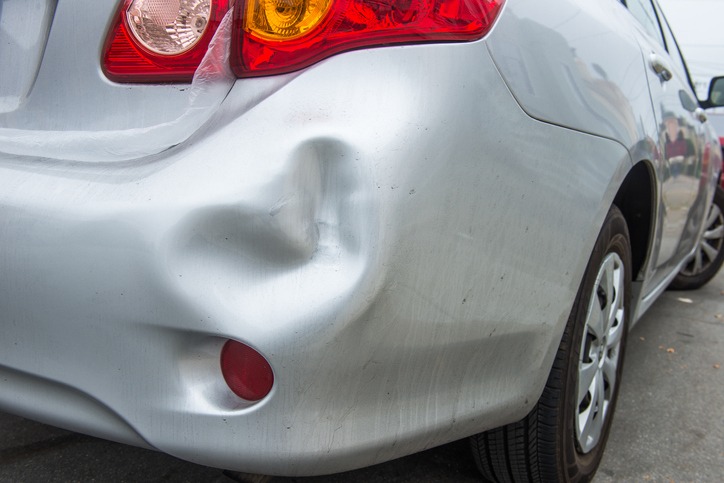Buying a car is an important financial decision, so it’s essential to take the necessary precautions to ensure you are getting a reliable vehicle.
One of the biggest mistakes people make when purchasing cars is buying damaged vehicles. Whether it’s cosmetic damage or something more serious, there are many risks associated with buying a car that is damaged due to being in an accident, old age, or neglect.
This article will explain why you should never buy a damaged car and what to look out for before making your purchase.
Reasons to Avoid Damaged Cars
Most people should avoid buying damaged cars. However, if you plan on purchasing one, there are several risks that you should be aware of.
Difficult Financing
Banks and other lenders may be hesitant to give financing for damaged vehicles since they present a higher risk of failure. You may be able to find a lender that is willing to finance the car, but it may require more time and effort than for an undamaged vehicle.
Safety Issues
Damaged cars often have hidden problems that can lead to safety issues on the road. Parts may be weakened from the damage and not perform correctly, potentially leading to costly repairs or even a car accident.
Additionally, if you purchase a car with unrepaired crash damage, it may not meet state regulations to pass as a registered vehicle.
Increased Repair Costs
As mentioned before, repairing a damaged car can be very expensive due to the cost of parts and labor. Additionally, some types of damage may not be repairable, making it impossible to return the car to its original condition.
Higher Maintenance Costs
Damaged cars often require more frequent maintenance due to their weakened condition. This can add up over time and may lead to higher costs than you would have with an undamaged vehicle.
Higher Insurance Costs
Damaged cars may be more expensive to insure due to their increased risk of liability and other factors.
It’s important to check with your insurance provider before buying a damaged car to make sure you understand the cost of coverage, as well as potential discounts that may be available for safer cars.
Costly Structural Repairs
If a car has been in a major accident, it may require extensive structural repairs that can be very costly. Frame straightening and other types of damage can be difficult and expensive to repair, making them a significant risk for buyers.
Lower Resale Value
Damaged cars tend to depreciate faster than cars with no damage history. If you decide to resell your newly purchased car in the future, you may get a much lower price due to its significant damage in its history.
How to Identify A Damaged Vehicle
It’s important to be aware of the signs of damage before purchasing any vehicle.
However, even experienced car buyers may have a difficult time assessing the true cost of repairing a damaged vehicle. Some damage may be immediately visible, but it’s much more difficult to gauge the cost of repairs for structural or mechanical damage.
So with this in mind, here are some tips for identifying potential problems:
- Look for any visible signs of damage, such as dents, scratches, or rust spots.
- Ask the seller for information about the car’s maintenance and repair history.
- Pay for a detailed car history report to see if it has been involved in any accidents or had extensive repairs done.
- Have a qualified mechanic inspect the car and provide an accurate assessment of its condition.
- Take a test drive to check for any unusual noises or vibrations that could indicate an issue with the vehicle.
Rare Times You May Want to Buy a Damaged Vehicle
Though it’s generally advised to avoid buying a damaged car, there are rare cases where you may be able to find a suitable deal.
For example, if the damage is purely cosmetic and does not affect the vehicle’s performance or safety, you may be able to get a good bargain.
Additionally, if you’re a car enthusiast and are skilled in automotive repair, you may be able to buy a damaged vehicle and fix it up yourself. For example, you may be looking to restore a prized vehicle. In this case, you want to buy a run-down car for a low price.
However, it’s important to make sure that you understand the full cost of repairs before making an offer on a damaged car. Otherwise, the low price tag could end up costing you much more in the long run.
Conclusion
In conclusion, buying a damaged car can be risky and expensive. It’s important to thoroughly inspect the vehicle before making a purchase and understand the full cost of repairs. If possible, it’s best to avoid buying a damaged car and instead look for one with no damage history.
However, if you are an experienced car enthusiast or are looking to buy a vehicle with cosmetic damage, you may find a suitable deal. But in any case, it’s best to be aware of the associated risks and costs of buying a damaged car before making your decision.

